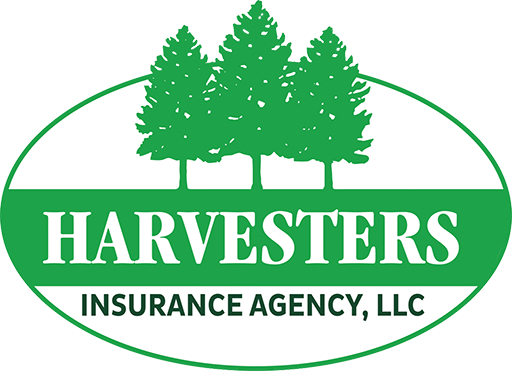What Is Identity Theft?
Identity theft is when a person’s private information is fraudulently acquired and used by another person. This information includes financial, medical and public data. Among these are a person’s social security, driver’s license number, home address, date of birth and name. Anything can be stolen. Identity theft can occur as a result of stolen mail, phishing scams, data breaches, computer viruses, etc. Thieves steal personal information with the intent to commit fraud, drain accounts or do other unlawful activities in someone else’s name.
One might not even be aware that identity theft has occurred until they review their credit card report or check their balance. Identity theft is a growing problem, and many people continue to fall victim each year.
Protecting one’s identity is very important, as failure to do so can lead to a lot of problems. One can run into potential problems with the police, the IRS or employers. Job opportunities might diminish due to a low credit score or a tarnished reputation. Debt may also result from identity theft due to fraudulent purchases.
How to Minimize Identity Theft Risk
While complete elimination of identity theft risk may not be likely, one can take precautions to minimize the chances of identity theft. To assist in protection of personal identifiable information and to lower risk of becoming a victim consider the following:
1. Keep Personal Documents Safe
Not all personal data is on the computer. Lock all tangible financial documents in a safe place and limit what you carry with you when you go out. Avoid giving out more information than needed. If you don’t need a particular document, don’t just throw it away. Use a cross-cut shredder to shred documents, or make it impossible to read the contents of the document. Destroy labels on prescription bottles and don’t share medical or financial information with anyone.
2. Keep Data Secure Online
The highest risk of identity theft is online. Make sure to use strong passwords for financial and personal data. Use at least eight characters for your password and make sure to avoid easy or obvious passwords. Try incorporating numbers, special characters and capital letters into your password. Try to avoid using the same password for all social media or websites, and make sure to change them from time to time.
3. Check Records Regularly
Check financial and medical records at least once every three months. If you track all of your data, it will prove beneficial for you in the event of theft. Keeping a personal record can help catch unusual activity. If there is any unusual activity on your accounts, you will be able to report it in a timely manner.
4. Don’t Overshare
Make sure not to post too much information about yourself online. An identity thief can steal your information and answer personal questions on your behalf to gain access to your financial and personal data. Avoid giving out personal information via phone or through email.
5. Protect Your Phone
There are many great applications available that help keep track of your finances or fill out taxes. This means a lot of sensitive information could be accessed if your mobile phone is stolen. To avoid this, keep your phone with you at all times and password protect it. You can also use voice activation or fingerprint biometrics to protect your phone.
6. Be Cautious of Phishing Scams
Many identity thieves use phishing scams to gather personal information. They can either send an email impersonating your financial institution or call pretending to be a mobile phone company operator. They may ask you to click on a particular link or to tell them your social security number, credit card number, or date of birth. Trusted companies will never ask you to reveal your information like this. If you are suspicious of anyone who contacts you claiming to work for the bank or your mobile service or any other service, make sure to report them to the proper authorities.
There are many other ways in which you can protect your identity from being stolen, for example:
- Locking your computer when you go away
- Reading the privacy policies of businesses you interact with
- Using firewalls and anti-virus software to protect your computer
- Keeping your wallet or purse under lock and key
- Not presenting your credit card information at unfamiliar or shady looking websites

